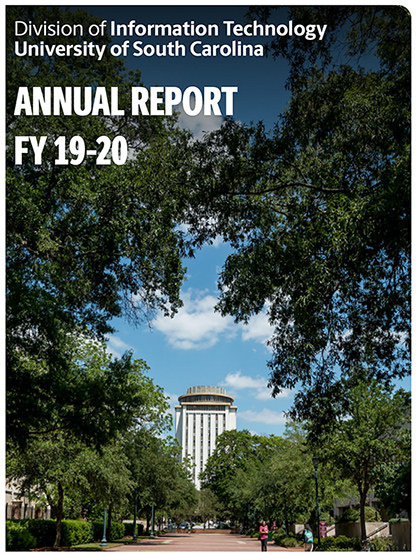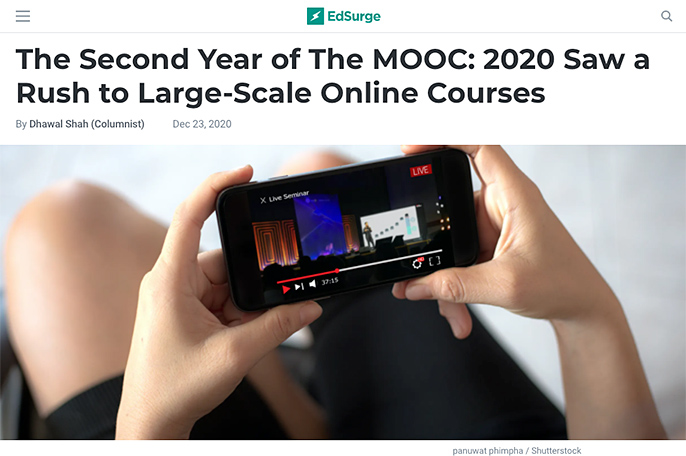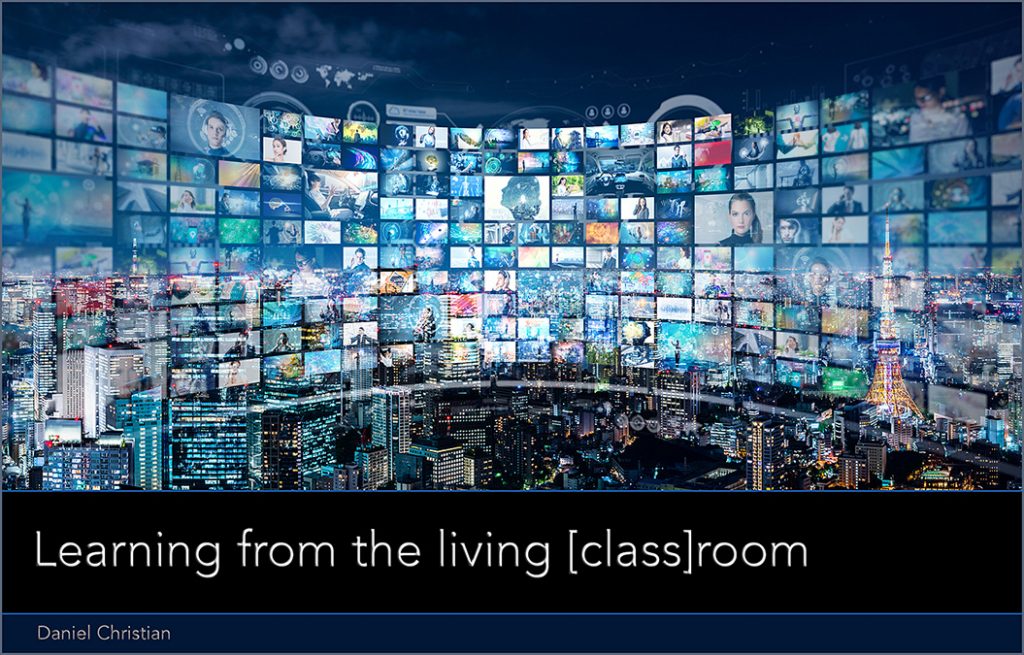Adjunct college faculty taking the biggest hit from pandemic job losses — from highereddive.com by Hallie Busta
Dive Brief:
- Higher education institutions employed 5% fewer adjunct faculty during the current academic year compared to the year before, according to the latest annual data from the College and University Professional Association for Human Resources.
- All faculty groups experienced job losses during the year, though adjuncts were hit the hardest. The cuts didn’t affect the share of women and people from racial and ethnic minority groups among tenure-track faculty.
- Salaries for full-time faculty posted the lowest median annual increase since 2010, at less than 1%, as colleges grappled with budget cuts and revenue loss.
From DSC:
And a potentially-relevant item for the future if these trends continue:
How To Pre-Sell Your Online Course And Make Money Before You Launch It — from elearningindustry.com Kathy Alameda
In this article, I’m going to explain why pre-selling your online course is important as an online course creator.











![The Year TV Leaped Into The Future [Roettgers]](http://danielschristian.com/learning-ecosystems/wp-content/uploads/2020/12/BigTrendsStreaming-2020-Janko-Roettgers.jpg)

